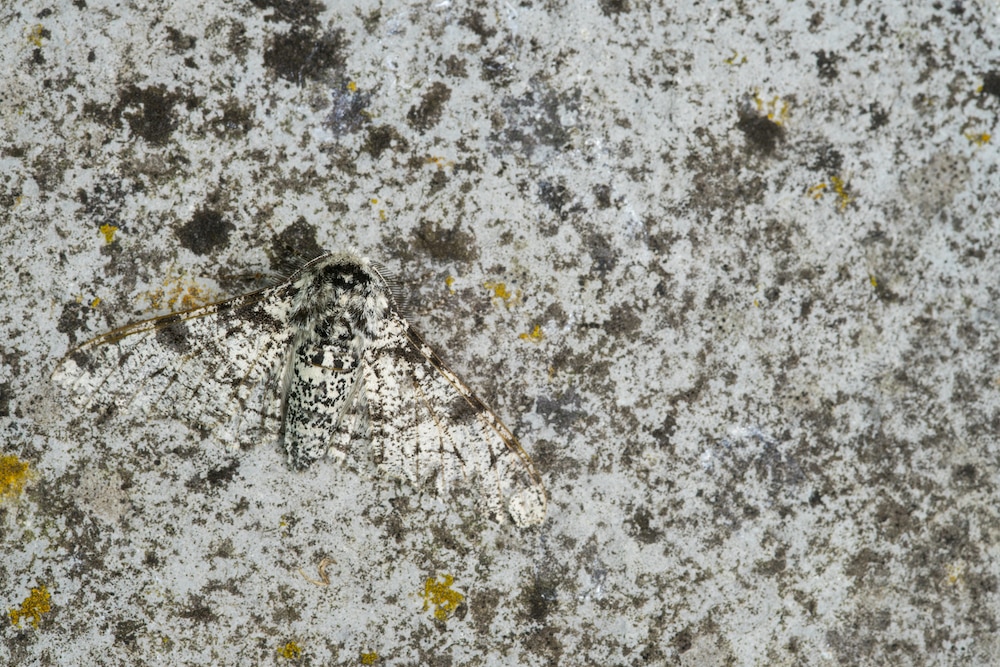Create a free profile to get unlimited access to exclusive videos, sweepstakes, and more!
Wild animals evolve way faster than we thought
It's hard to measure speeds on billion year biological road trips.

In DreamWorks' 2001 science fiction comedy film Evolution, starring David Duchovny, Orlando Jones, Sean William Scott, and Julianne Moore, a meteor impact delivers a strange breed of alien life to Earth’s surface. Throughout the course of the movie’s 101-minute run time, the alien life evolves from microscopic organisms into a vast array of complex multicellular life. In movie time, it all happens in just a few days.
On Earth, evolution is a much slower and more laborious process taking place over the course of countless generations and billions of years. In fact, it’s thought that nearly 3 billion years elapsed between the beginning of life on our planet and the first multicellular organism. Generally speaking, it’s not something you can observe over brief timescales. That said, evolution through natural selection might be happening more quickly than we previously thought.
Dr. Timothée Bonnet from the Research School of Biology at the Australian National University, and colleagues, pored through decades of research studying natural selection in a subset of species. They found that our previous estimates about the rate of change in each generation were significantly slower than observed in reality. Their findings were published in the journal Science.
“Before our study, the median estimate for the rate of evolution in response to natural selection was 2.25% per generation. We showed 10% per generation,” Bonnet told SYFY WIRE.
Researchers believe that might be explained by comparatively small data sets in previous studies. In any population, you’re likely to have some individuals who don’t reproduce at all and, thus, don’t pass on their genetic material. Other individuals might reproduce significantly more than the average. Then, you’ll have a larger group who have one or two offspring in a generation. When your data set is small, calculations might necessarily drift toward an extreme, depending on the individuals observed.
To get around that constraint, the team looked at 19 populations from 15 different species, observed over decades. The average length of each of the referenced data sets was 30 years. They employed a combination of field observations and genetic analysis to look at the relatedness of individuals from generation to generation. Even still, they were surprised by the results.
“I started with the assumption we were going to see less evolutionary change than previously thought. I first got these results back in 2018 and from then until 2021 I was trying to kill the results because I didn’t believe them,” Bonnet said.
The team then put the data through several different analyses to test their robustness, and the number held up. Natural selection is driving evolution roughly four times faster than we once thought, at least on a per generation scale. One potential implication of this work is that organisms with relatively short generational periods have an increased ability to adapt to changing environments as compared to their longer-lived counterparts.
“In fruit flies, for instance, we can observe evolutionary change back and forth several times in a year, but that’s impossible when you think of big mammals because they’re generation times span over multiple years. No question, you have more ability to adapt to the environment if you have a shorter lifespan,” Bonnet said.
Of course, that doesn’t necessarily mean we should expect to see vast morphological changes in short-lived animals. Evolution isn’t a straight line and often shifts back and forth owing to short period environmental changes and genetic drift. However, it is possible for some animals to make significant changes over short time scales.
One example is the peppered moth (pictured above), so named for their salt and pepper camouflage pattern. Prior to the industrial revolution they were predominantly light in color, allowing them to easily blend in with the bark of local trees. In fact, in 1848, the English naturalist RS Edleston documented the first recorded instance of a dark-colored individual. Half a century later, the darker variant accounted for 98% of the population. That’s because England had started burning a lot of coal and pumping coal dust into the environment. The surfaces of trees were coated and suddenly being lightly colored was a liability.
What is unclear is whether or not evolution is happening faster today than it was in the past, as a result of human influence. We know it’s happening faster than we thought, but because we can only observe evolution during the course of humanity’s existence, we necessarily don’t have a baseline to compare it to.
“It seems intuitive, but we currently don’t’ have any evidence of that. We started to study wildlife, genetics, and evolutionary change quite recently. It seems likely, but we don’t know, and sometimes intuitive explanations don’t work. That’s something we’re going to try and test in the future,” Bonnet said.
Bonnet also cautioned against seeing this revelation as a sign that we need not worry about the impact of anthropogenic climate change. There’s no evidence the rate of change is rapid enough to evolve our way to safety and even if it were, nature would favor the fruit fly over us. Unless we can figure out a way to evolve over the course of days like the aliens in Evolution, we’re going to have to learn to balance the pressures we’re putting on the environment.


























